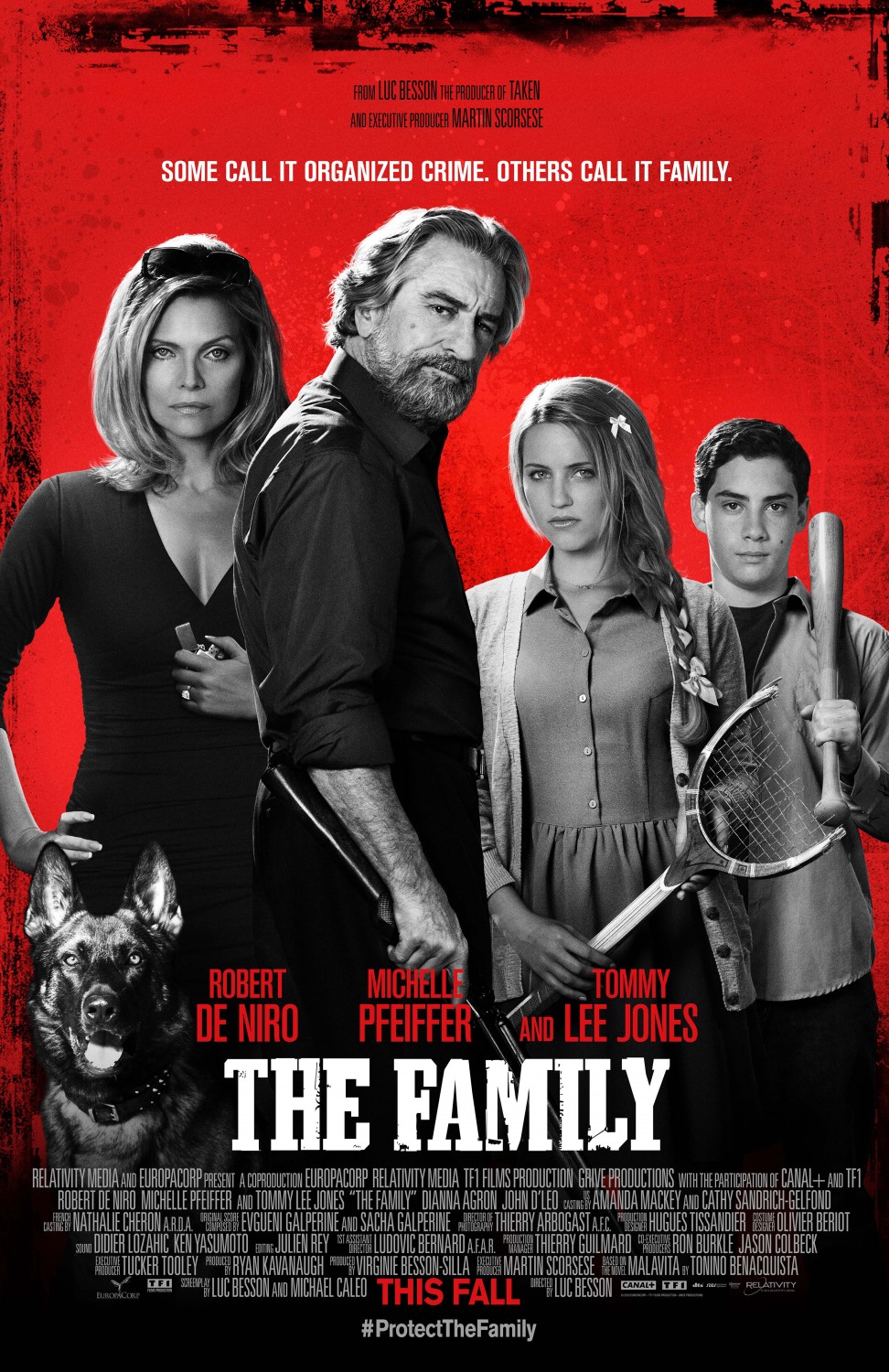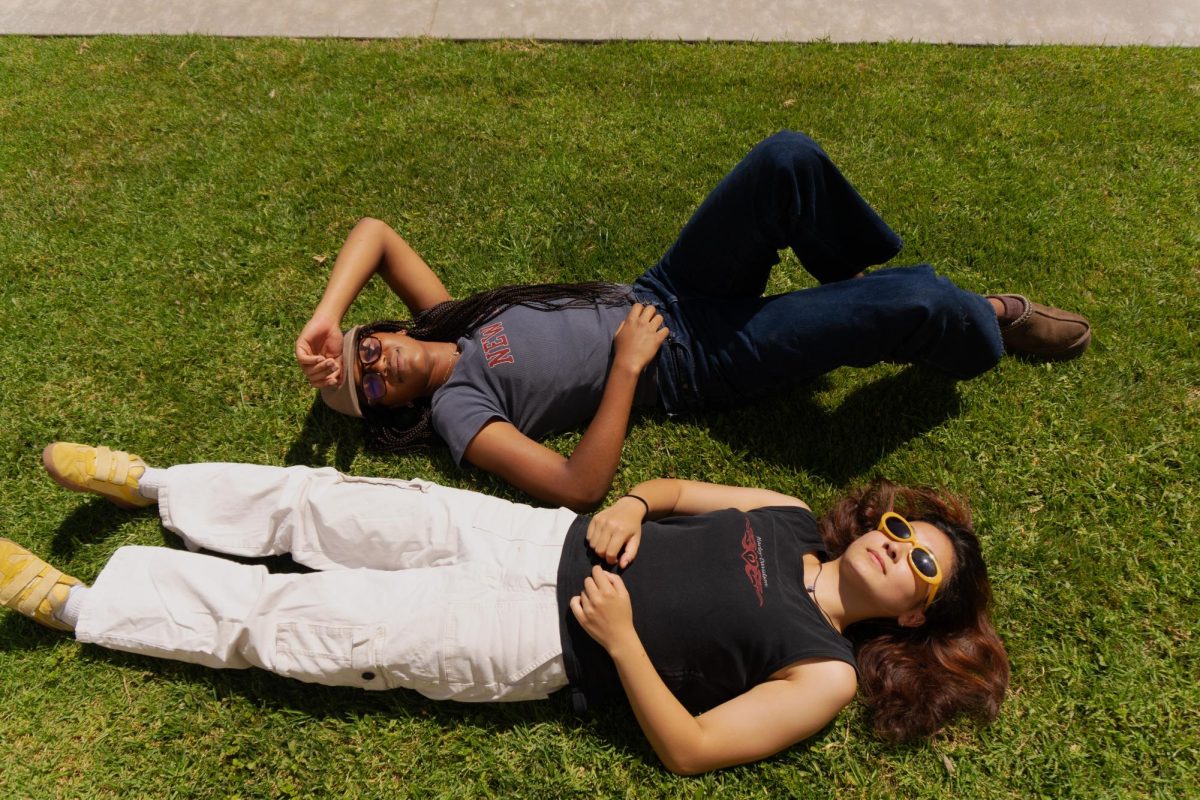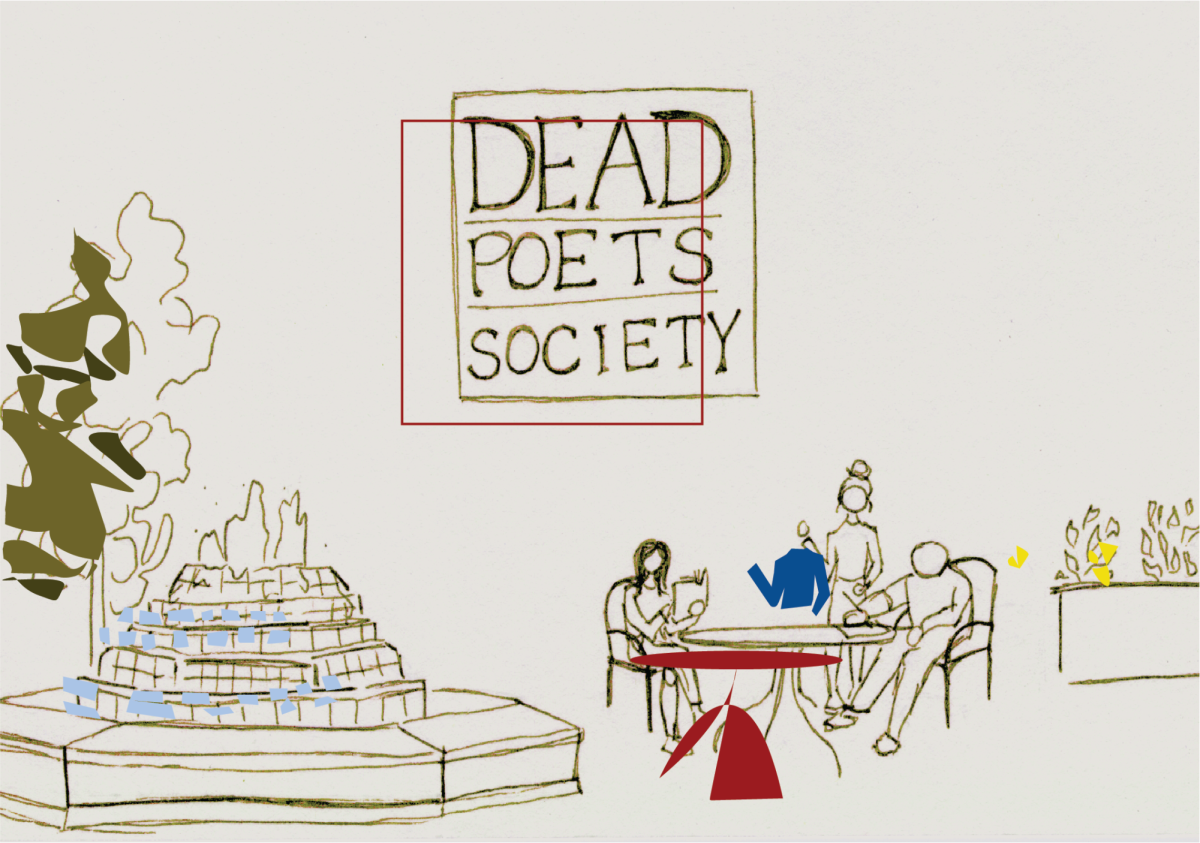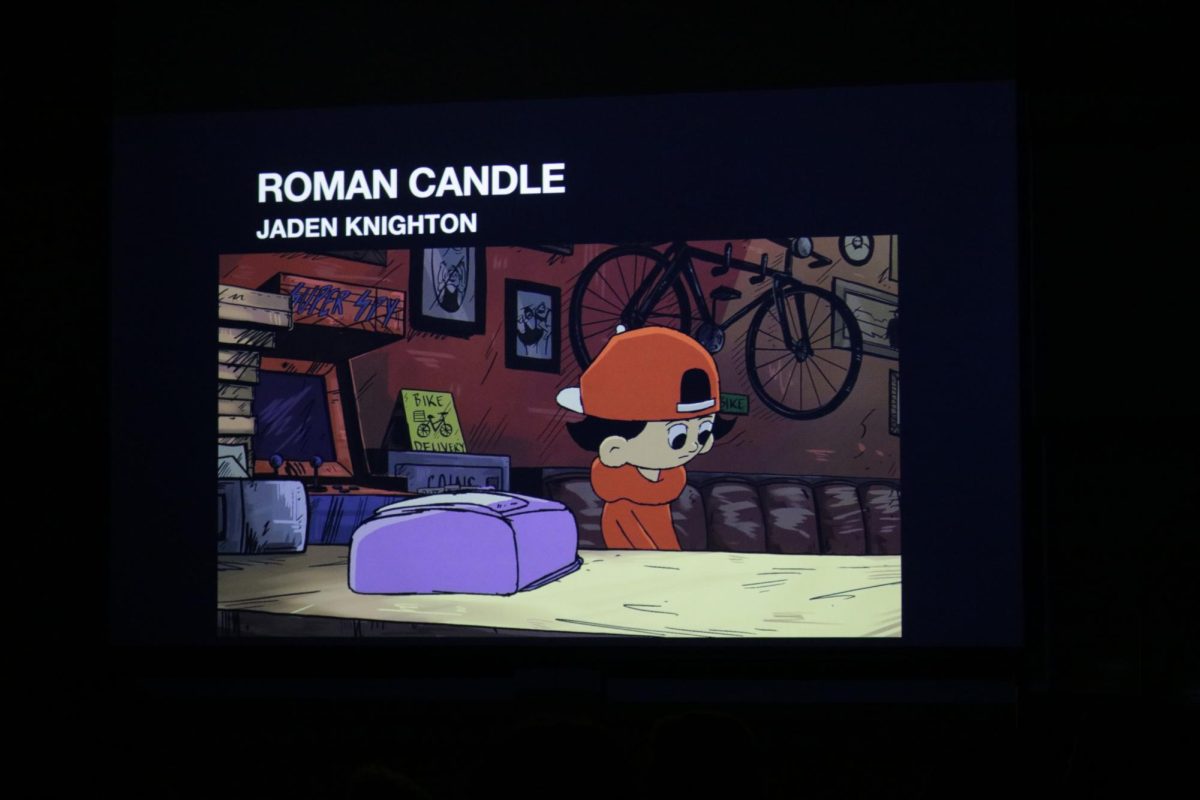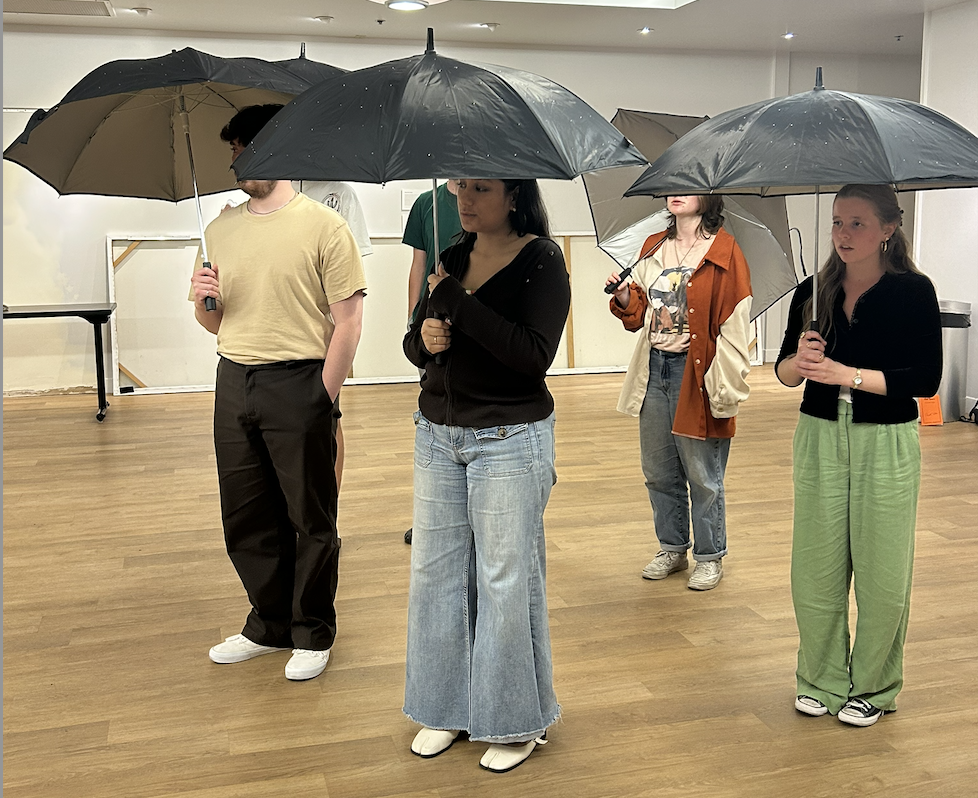Robert De Niro plays a New York gangster. Surprised? Well, "The Family" tries to freshen up the stereotypical paring by mixing watered-down humor with greasy violence, a combination that remains separated rather than ever fully meshing. Luc Besson, writer of "Taken" and director of cult favorites "Le Femme Nikita," "Léon: The Professional" and "The Fifth Element," tries his hand at comedy that is goofy and lighthearted more than it is funny. The film jumps between gritty violence and quasi-slapstick humor that literally slaps around people with baseball bats, hammers and tennis rackets resulting more in bewilderment than laughs. By relying on stereotypes and clichés as starting points for comedic setups, the film falls less like a pratfall and more like a body with a bullet in the head.
A FAMILY WTH DARK SECRETS
Like any family, the Manzoni family has secrets. But their secrets are bodies that they bury in the woods. Now in the witness protection program, they have spent the past 19 years hopping from place to place in Europe while trying to avoid the mobsters they turned in to the FBI. Under the alias of "Blake," they are relocated to the small French town of Normandy. The setup of the comedy is that this is a typical American family in a conventional world. The French are rude, Americans are aggressive, the girl likes to sport pink and comb her hair, and the mom likes to shop, sightsee and is afraid of rats. But the punchline is that their family's blood still runs deep with wise guy sensibilities ready to beat any joker that gives them guff. These are jokes that shift between charming and over-the-top for the first 20 minutes. But as the movie continues, the humor thins as the movie continually returns to the same jokes, even as they become confusingly dark rather than funny.
FILM IS CARRIED BY DAZZLING CAST
Each character has their own side story in order to bide time before the film's eventual shootout climax. Most of these thumb-twiddling tangents do not resolve and those that do result in little to no consequences. After the first 20 minutes, the movie plays out as expected, keeping pace to remain playful even with the high body count. At one point, the film dares to set up a tense moment with the daughter Belle running for her life away from the gang's main killer. But before desperation can kick in, the conflict is resolved by a right place, right time style coincidence. The film shrugs off any character change or deep reflection for a modest ending where the family has to move again. But that’s probably because there isn't anything deep to reflect on.
While De Niro plays such a familiar character, his performance, along with Michelle Pfeiffer, gives the film enough dazzle to keep it interesting enough to stick it out. Even Tommy Lee Jones takes his stale character as the weathered and ineffective FBI agent and manages to work with the flat material well enough to bring some relief whenever he appears. And Besson does prove his mastery of slick camera moves, well-juxtaposed edits and rough and tumble violence too. He even executes a clever joke with a wink where De Niro's character ends up having to watch and deconstruct "The Goodfellas" at a community movie club. It is a joke contingent on the movie's underlying self-awareness. But it is a self-awareness that is never fully aware of just how humdrum it can be.



